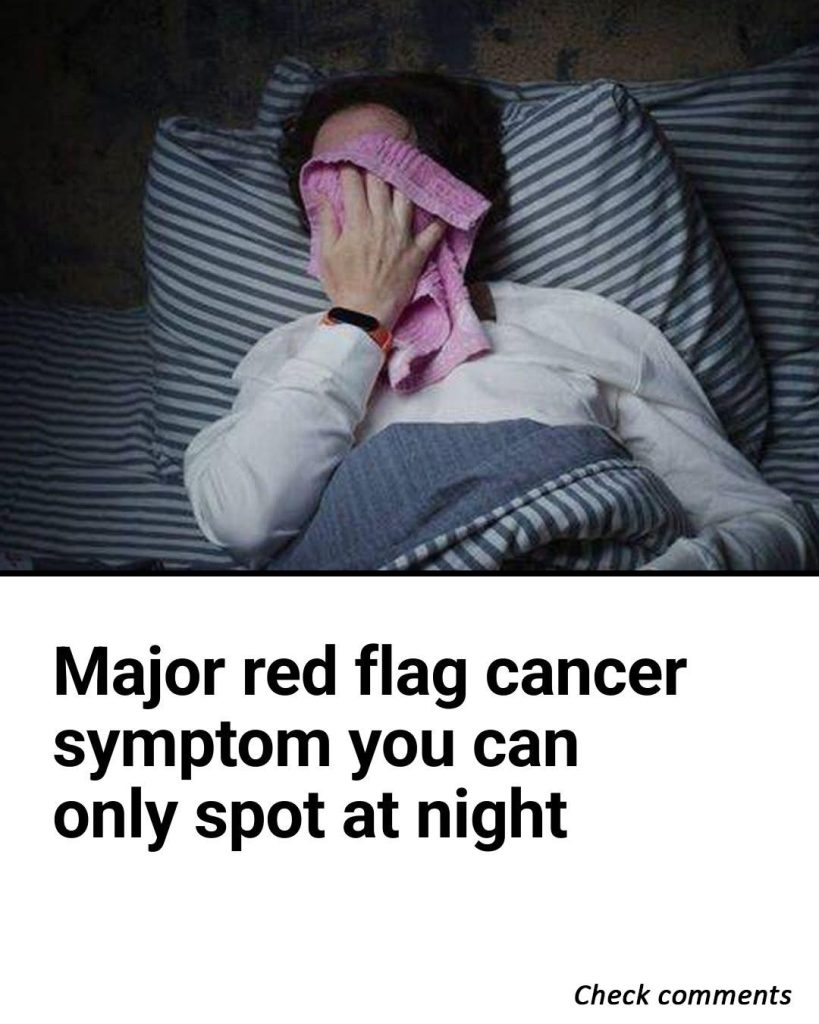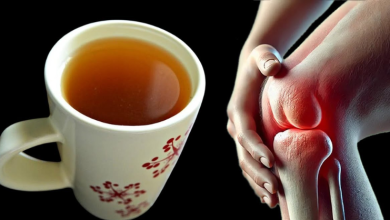
Night sweats, characterized by excessive sweating during sleep, can be an important but often overlooked symptom of certain cancers. While they can result from various benign conditions, persistent or severe night sweats may warrant medical attention.
Understanding Night Sweats in Cancer

Night sweats associated with cancer are typically intense, often soaking through sleepwear and bedding. They may occur alongside other symptoms such as unexplained weight loss and fevers. Several cancers have been linked to night sweats, including:
-
Lymphoma: Both Hodgkin and non-Hodgkin lymphoma can cause drenching night sweats, often accompanied by swollen lymph nodes and unexplained weight loss.
-
Leukemia: This cancer of the blood-forming tissues can lead to symptoms like fatigue, frequent infections, and night sweats.
-
Prostate Cancer: Advanced prostate cancer, especially when undergoing hormone therapy, can result in hot flashes and night sweats.
-
Breast Cancer: Hormonal changes due to breast cancer or its treatments can lead to night sweats and hot flashes.
Why Do Night Sweats Occur in Cancer Patients?

The exact mechanism isn’t fully understood, but several factors may contribute:
-
Fever Response: The body’s attempt to fight cancer can induce fevers, and sweating helps regulate body temperature.
-
Hormonal Changes: Certain cancers or their treatments can disrupt hormonal balances, leading to sweating episodes.
-
Treatment Side Effects: Therapies like hormone treatments can trigger night sweats as a side effect.
When to Seek Medical Advice
While night sweats can result from non-cancerous causes such as infections or menopause, it’s crucial to consult a healthcare professional if you experience:
-
Persistent, drenching night sweats.
-
Night sweats accompanied by unexplained weight loss or fevers.
-
Additional symptoms like fatigue, pain, or swollen lymph nodes.
Early detection and diagnosis are vital for effective treatment. If you’re concerned about your symptoms, don’t hesitate to seek medical advice.
This information is for educational purposes and should not replace professional medical consultation.







